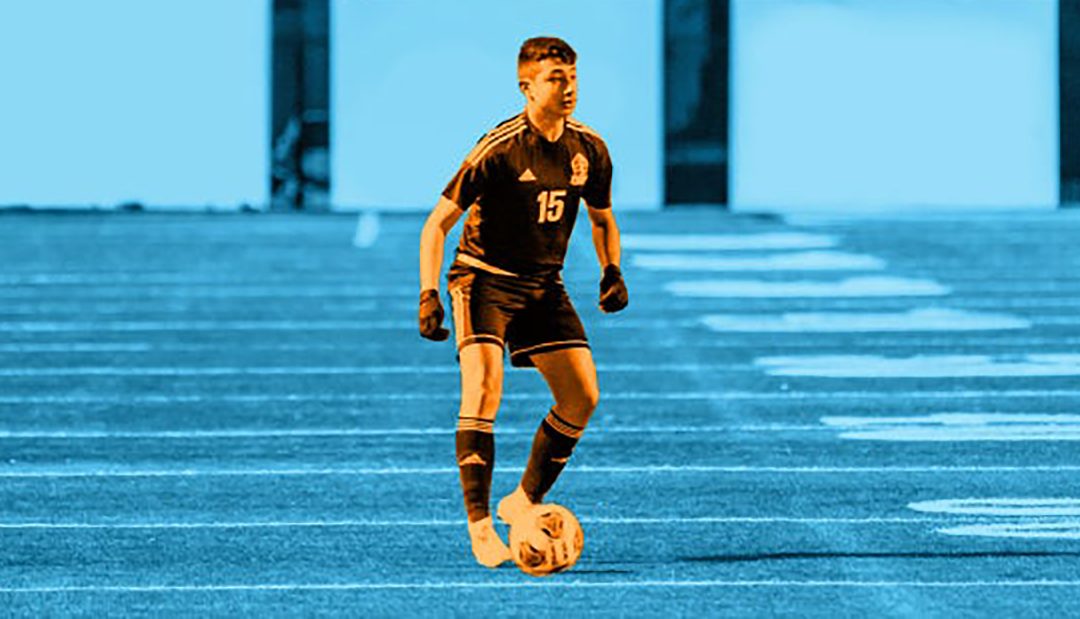
Fatherly: 5 Things You Probably Didn’t Know About Kids’ ACL Injuries
Read more about the misconceptions surrounding kids’ ACL injuries.

Read more about the misconceptions surrounding kids’ ACL injuries.
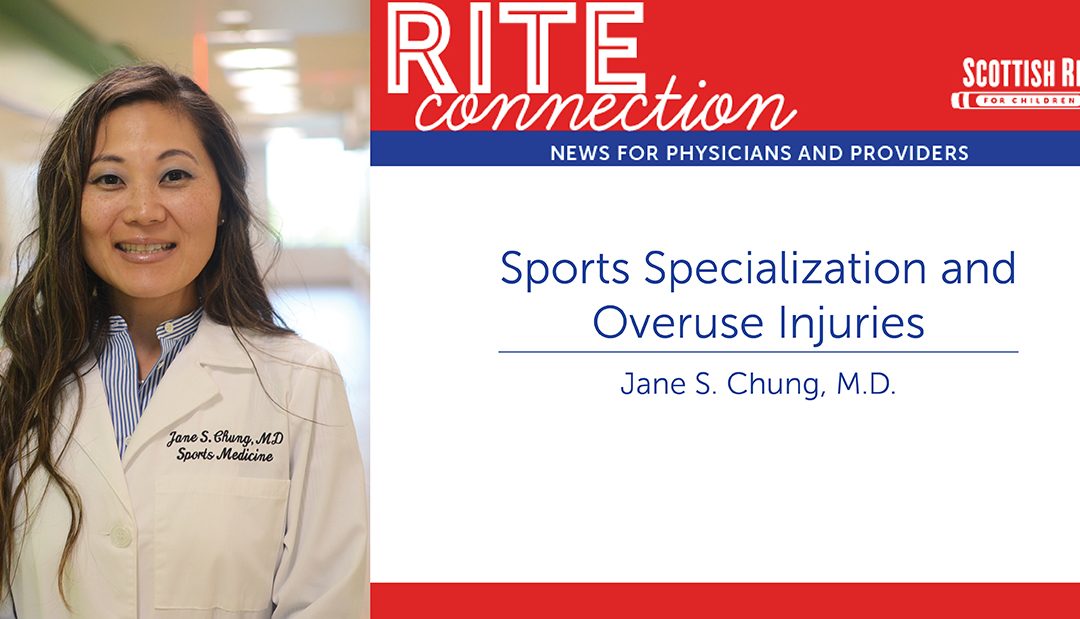
Article originally published in the Pediatric Society of Greater Dallas newsletter. Written by sports medicine physician Jane S. Chung, M.D.
The good old days of unstructured child driven “free play” has been largely replaced by the current sports culture of structured sport specialization patterns, which involves year-round training and participation. Many kids often play for multiple teams of the same sport and there seems to be a trend of picking a single sport and training at a very high level and intensity at an earlier age.
The concept of specialization was first proposed by Ericsson and his colleagues in 1993, stating that to reach expert performance, one must practice 10,000 hours over 10 years in that specialized field, adding that one is also more likely to succeed if training is begun at an earlier rather than later age.
Although there is no validation that early sport specialization is a requirement for athletic success and despite the growing evidence that early sport specialization may negatively impact an athlete’s physical and mental health long term, the trend towards early specialization continues to grow as parents, coaches and athlete’s dream of reaching collegiate scholarships and playing at an elite level. The reality is that a very small percentage of aspiring young athletes reach this status, with only 3-11% of high school athletes going on to compete at the NCAA level and only 1% receiving an athletic scholarship, with as few as 0.03-0.5% of high school athletes making it to the professional level.
Sport specialization is defined as “intensive year-round training in a single sport at the exclusion of other sports.” Sports specialization can be divided into two groups:
The benefits of early diversification include allowing the child to experience different physical, cognitive and psychosocial environments and exposure to various types of sports. Emphasis should be placed on learning the fundamental movement skills such as running, throwing a ball, jumping and kicking at the younger ages which sets the foundation for later building on more complex skills as they progress in age and sport.
Current evidence suggests that for the majority of sports, delaying specialization until after puberty (15 or 16 years of age) with early diversification and participation in a variety of sports is more favorable for long term health and future athletic success. However, there are certain sports such as gymnastics, figure skating and diving in which early specialization may be required as peak performance in these sports occurs before an athlete’s full physical maturation.
Overuse
There is concern that early specialization and intense training at an early age may result in negative outcomes such as increased risk of injuries such as overuse injuries and increased psychological stress, potentially leading to drop out from sports and burnout. However, there are other risk factors that have been identified for causing overuse injuries (See Table 1).
Table 1
Skeletally immature athletes are also susceptible to unique overuse injuries involving the growth plates and apophyses. The risk of injury in a young athlete also varies upon factors including training volume, intensity, level of competition and pubertal maturity. Studies have shown that sport specialization is an independent risk factor for injury and that those athletes who participated in more organized sports compared to free play in a ratio greater than 2:1, had an increased risk for an overuse injury. In general, the risks of injury from intense training and specialization seem to be multifactorial and variable, dependent on age, growth rate, pubertal maturation and level of competition.
Burnout
It is important as pediatricians to keep burnout in mind when treating young athletes. Burnout can result from excessive chronic stress which the athlete may be experiencing, and can manifest as decreased appetite, poor sleep, decreased performance, low self-esteem and ultimate withdrawal from sport. Sports or activities that they used to enjoy are no longer fun or pleasurable. For those health care providers taking care of young athletes, it is important to recognize burnout as a sequela of overtraining and to be aware of its manifestations and presentations. The diagnosis of burnout and overtraining is made through the athlete’s history and recognition of various nonspecific symptomatology which the athlete may present with. Further imaging and laboratory studies should be performed only if clinically indicated. Physical and mental rest are key components for treatment. A multidisciplinary approach should be taken for treatment, involving the athlete, parents, coaches, treating physician and sometimes a mental health specialist.
Our goal as pediatricians is to help kids stay healthy, happy and active for life. To prevent burnout/overtraining and overuse injuries in young athletes, here are some tips (See Figure 1).
Figure 1
Learn more about pediatric sports medicine.
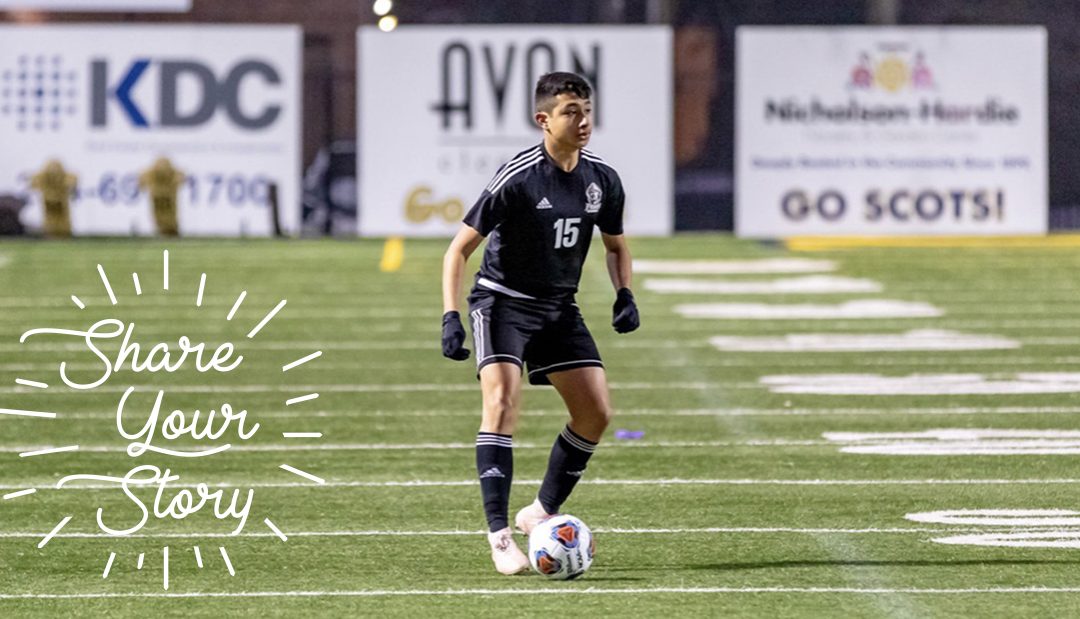
Meet Anthony, a patient seen by our Sports Medicine experts. Learn more about his journey below.
Blog written by Anthony’s mom, Daisy, of Dallas, Texas.
I did some research and found Scottish Rite for Children where Anthony was able to be seen by Dr. Wilson. He immediately thought Anthony would be a candidate for a special ACL reconstruction procedure that would not harm the growth plates.
Following his surgery, Anthony had to do a good amount of physical therapy. That entire team was amazing. Getting a teenager to do uncomfortable exercises can be a challenge, but they pushed and encouraged Anthony throughout the process. The physical therapists didn’t simply give him exercises on a sheet on paper – they motivated him and helped make the rehab easier. Nine months after his surgery, he was able to play soccer again and came back stronger and better than ever – scoring three goals in that game!
Now at 16, Anthony is going strong and still loves to play soccer. I would encourage other families, that are in similar situations, to research and seek second opinions. Had we not seen Dr. Wilson, Anthony would have stopped playing soccer because that is what the first doctor thought was best.
Our family is thankful for continued education and research that Scottish Rite does on a daily basis.
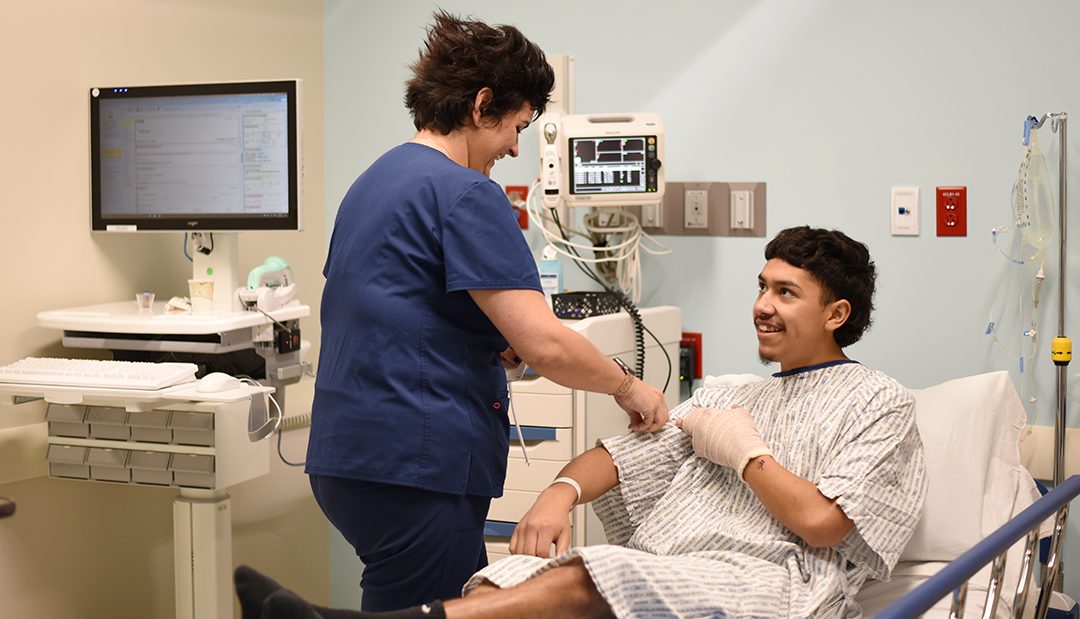
We asked our surgical services manager at the Frisco campus Patty Crabb, B.N., B.S., R.N., ACLS, to tell us all about how the services and the facility make it an ambulatory surgery center just right for kids.
Most importantly Crabb says, “We take care of kids as if they were our own.”
What makes the surgical experience at Scottish Rite for Children unique? Our ambulatory surgery center in Frisco serves our pediatric and adolescent sports medicine, orthopedic and fracture patients in North Texas. Because our services are all focused around treating kids’ muscles, joints and bones, our staff and our facility is too. In fact, the surgery center was designed with help from our pediatric surgery team with our young patients and families in mind.
What is an ambulatory surgery center? It’s an outpatient setting for surgeries that do not require an overnight stay for recovery. This is best for patients and families to transition to the comfort of their own home as soon as it is medically safe to do so.
What special training does your staff have? All Scottish Rite for Children surgeons are fellowship trained in pediatric orthopedics and many also completed a fellowship in another specialty area. Our surgery staff have many years of experience in pediatric surgery, many with years of experience with our pediatric orthopedic surgeons.
What services do you offer families that come to the ambulatory surgery center? We have a few things that make surgery in a pediatric setting a lot more comfortable for patients and their family.
Check out this tour of our ambulatory surgery center led by pediatric orthopedic surgeon Henry B. Ellis, M.D.

We are honored to have staff, like Dr. Kirsten Tulchin-Francis, who not only work each day to fulfill the mission of the hospital but take their talents to be a role model to others!
Watch the full episode here.
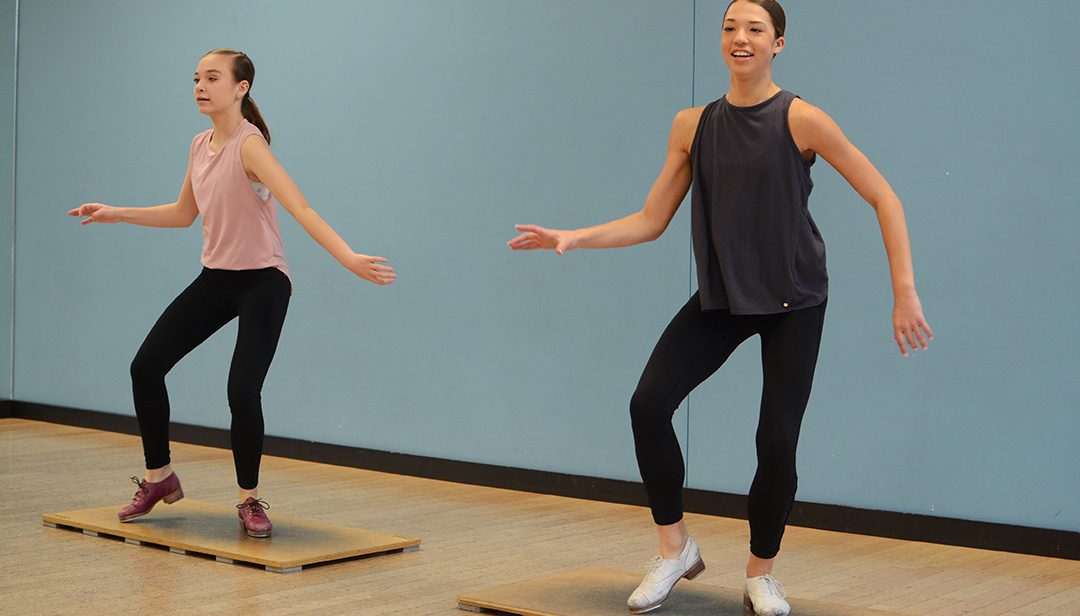
What is enough?
Your body needs fuel to grow, learn, and perform. Food provides this fuel. You need to change how much you eat depending on what you are doing. You also must be careful to eat enough of the right foods to fuel your body for growing and to perform in your sport.
What happens if you don’t get enough?
How do you know if you are not getting enough?
Here are some signs that suggest you may need more fuel:
How do you get enough?
Whether you are hungry or not, eating three meals a day with two to three snacks is a must for active, growing athletes. To be sure you are eating the right foods, mix food groups at each snack, and meal and be sure to eat all food groups each day.
An example of what this may look like:
MEDITERRANEAN LUNCH WRAP RECIPE
Are YOU getting enough?
When you feel healthy and participate in classroom, activities and sports without becoming excessively tired or injured, you’re off to a great start with eating enough and eating well. Keep up the good work!
Our sports medicine team includes a dietitian with a special interest in young athletes. A former figure skater, Taylor Morrison, M.S., R.D., CSSD, L.D., visits with several types of patients in our clinic. Here are some situations where a sports dietitian can help an injured athlete get back to action:
Learn more about pediatric sports medicine.